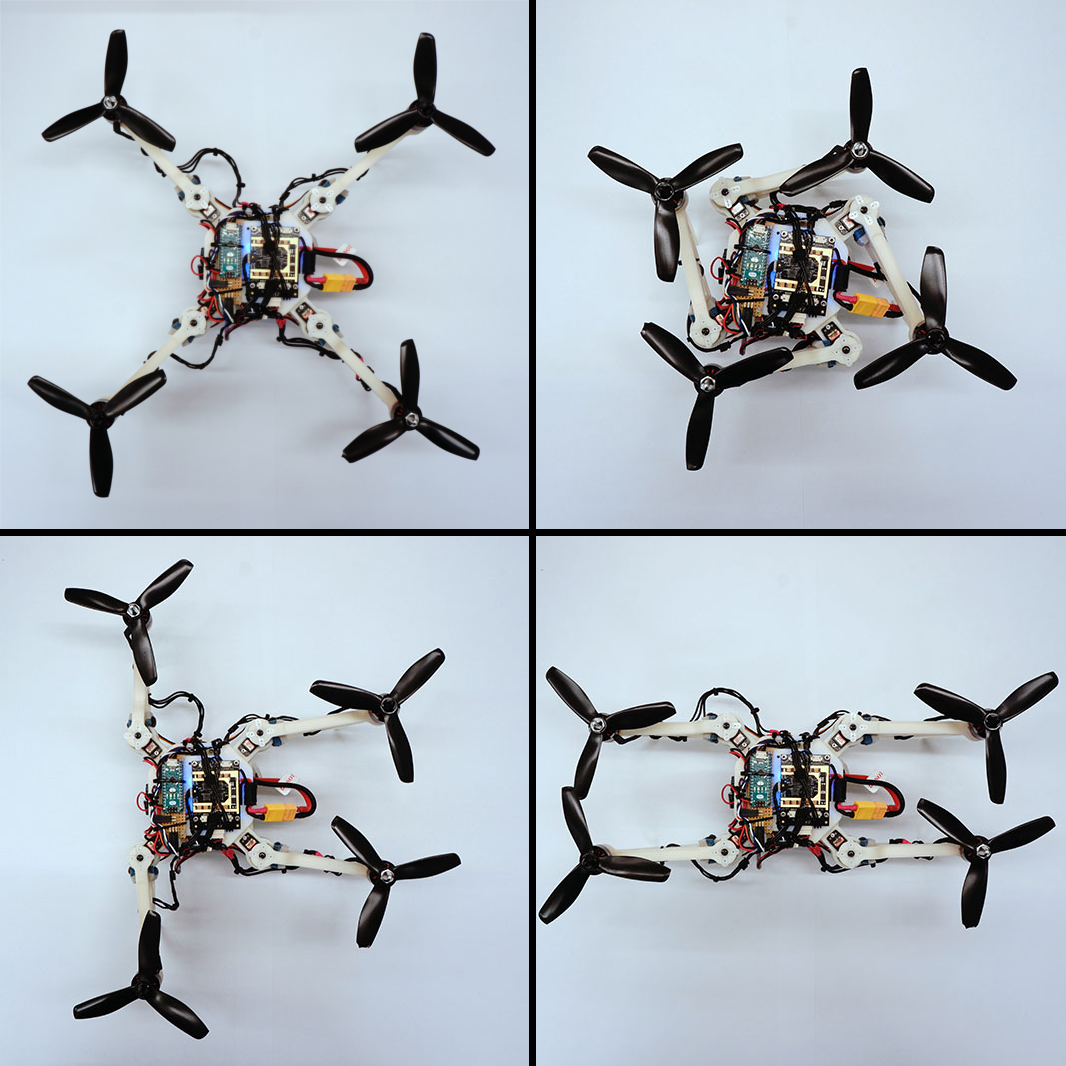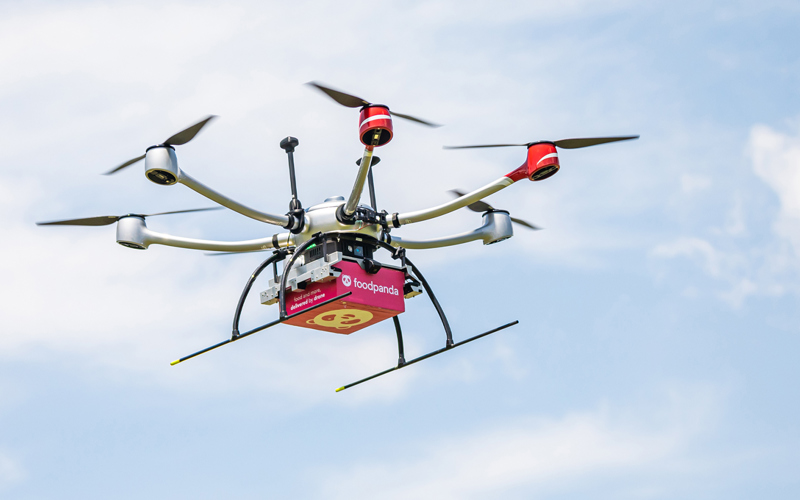Robotics in Real Life - Drones pt2
Drones Part 2
Welcome back to the second part of our exploration of the various applications of drones in our daily lives. In the previous blog, we delved into how drones are revolutionizing the military, agriculture, and photography/videography sectors. Let's continue our journey by examining more fascinating and practical uses of drones.
4. Search and Rescue Operations - Drones offer multiple advantages in rescue missions. Drones can provide real time footage aerially which allows people to scope out the layout and help people plan out rescue missions, this is more efficient. Moreover, drones can cover large areas in a short amount of time. There are drones of various sizes and capabilities, for example some very compact drones can fly through tight spaces or drones that can change their shape to fit through unusually shaped spaces.
Drones also have thermal sensors and cameras can be used for finding missing people. Drones can also access areas which are dangerous for humans to access. One advantage is the size and portability of drones. These devices can be compact and lightweight, making them easily transportable for teams that need to cover considerable distances on foot.
5. Delivery Services - Drones can be used for delivering emergency supplies such as food and water . Drone delivery is also faster compared to ground methods as drones can bypass traffic and it can deliver goods over a long range and to remote areas. Moreover, over a long time retailers can save money by reducing their costs on humans for deliveries. Drones also mainly run on clean and environmentally friendly energy which reduces the environmental impact which is normally caused by vans and trucks which are used to delivery these goods.
6. Construction - Drones are used to capture 3D views of worksites which allows managers and contractors to efficiently plan the construction site to make sure it is safe. Prior to the use of construction drones, planning, inspection, and topographical insights were frequently relied on fragmented data that required days to collect, process, and disseminate. Sites change frequently, therefore the information was constantly a little bit out of date.
With just one or two drones, it is now feasible to obtain exact, photorealistic details over an entire active site area in a couple of hours. They provide accurate and up-to-date aerial views of construction sites, helping project managers track progress and identify any issues early on.
With just one or two drones, it is now feasible to obtain exact, photorealistic details over an entire active site area in a couple of hours. They provide accurate and up-to-date aerial views of construction sites, helping project managers track progress and identify any issues early on.
This is all for the use of drones in real life, stay tuned for the next blog!



Comments
Post a Comment